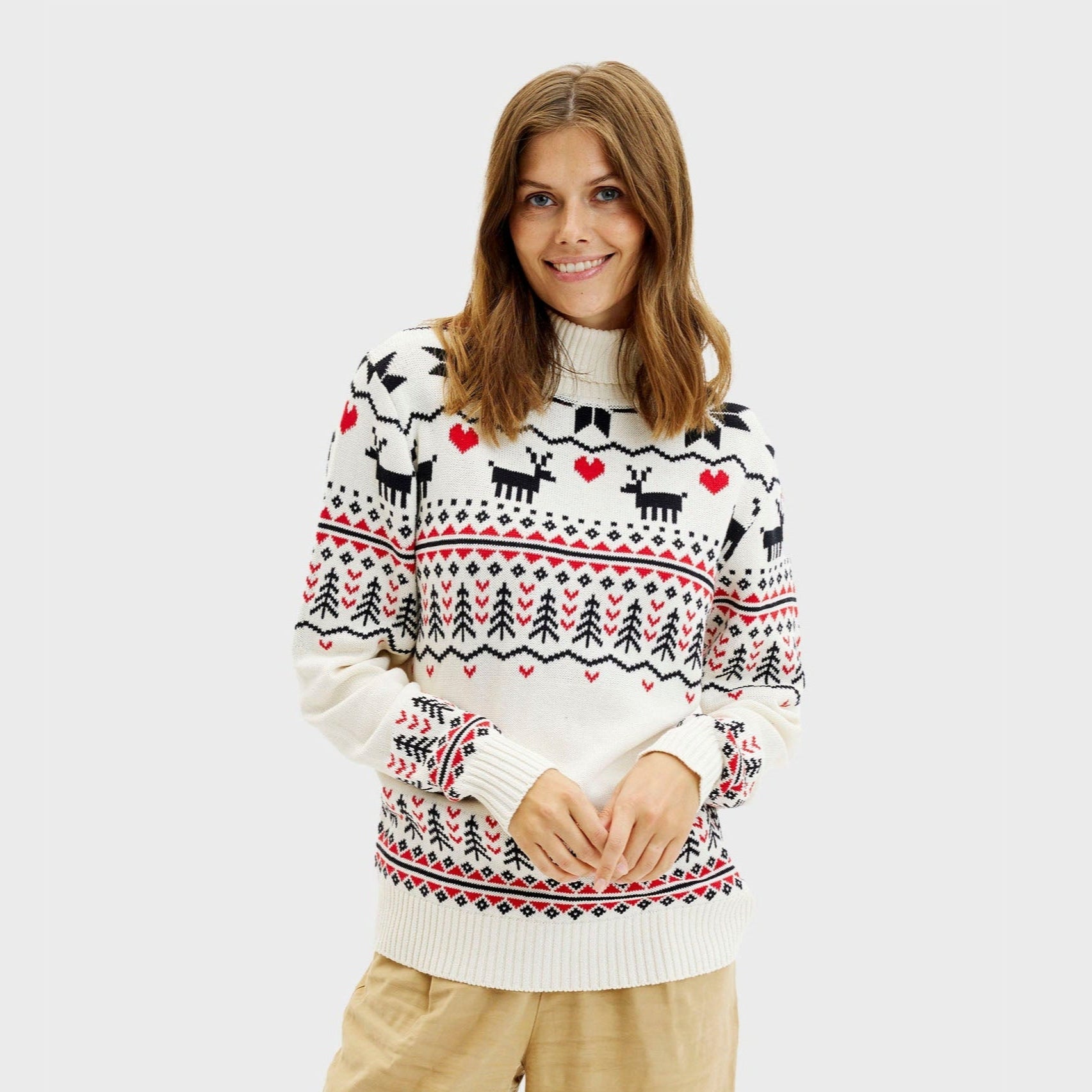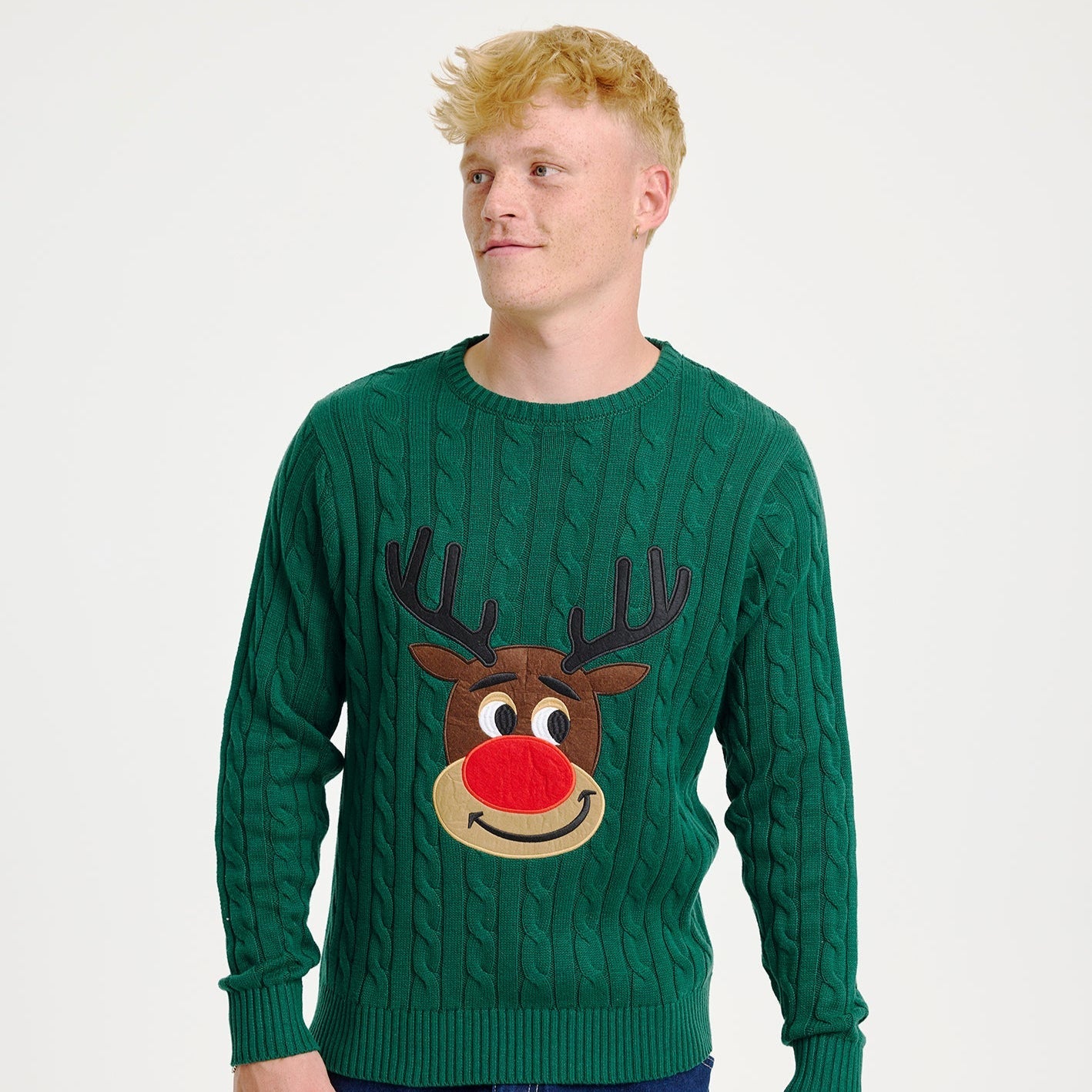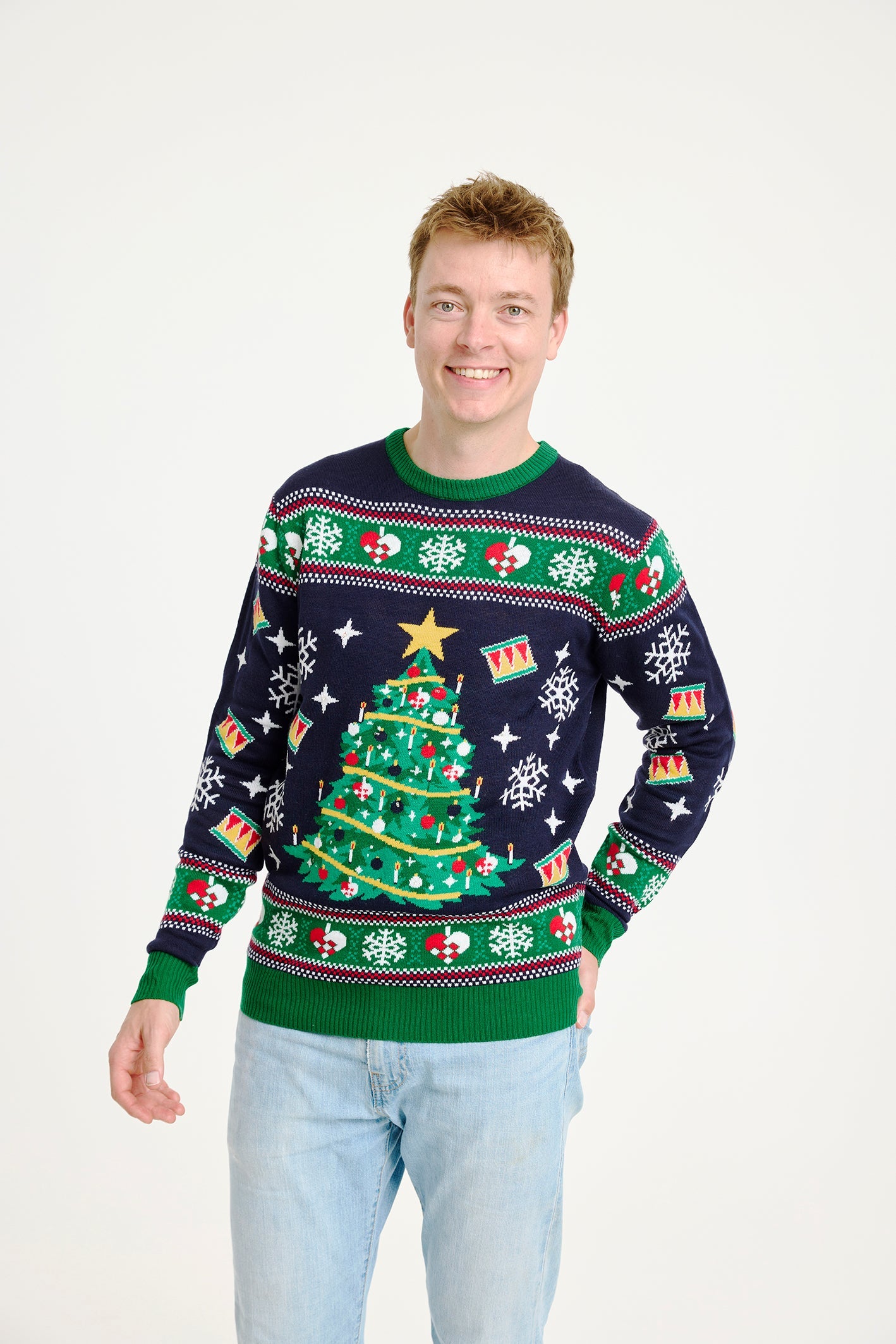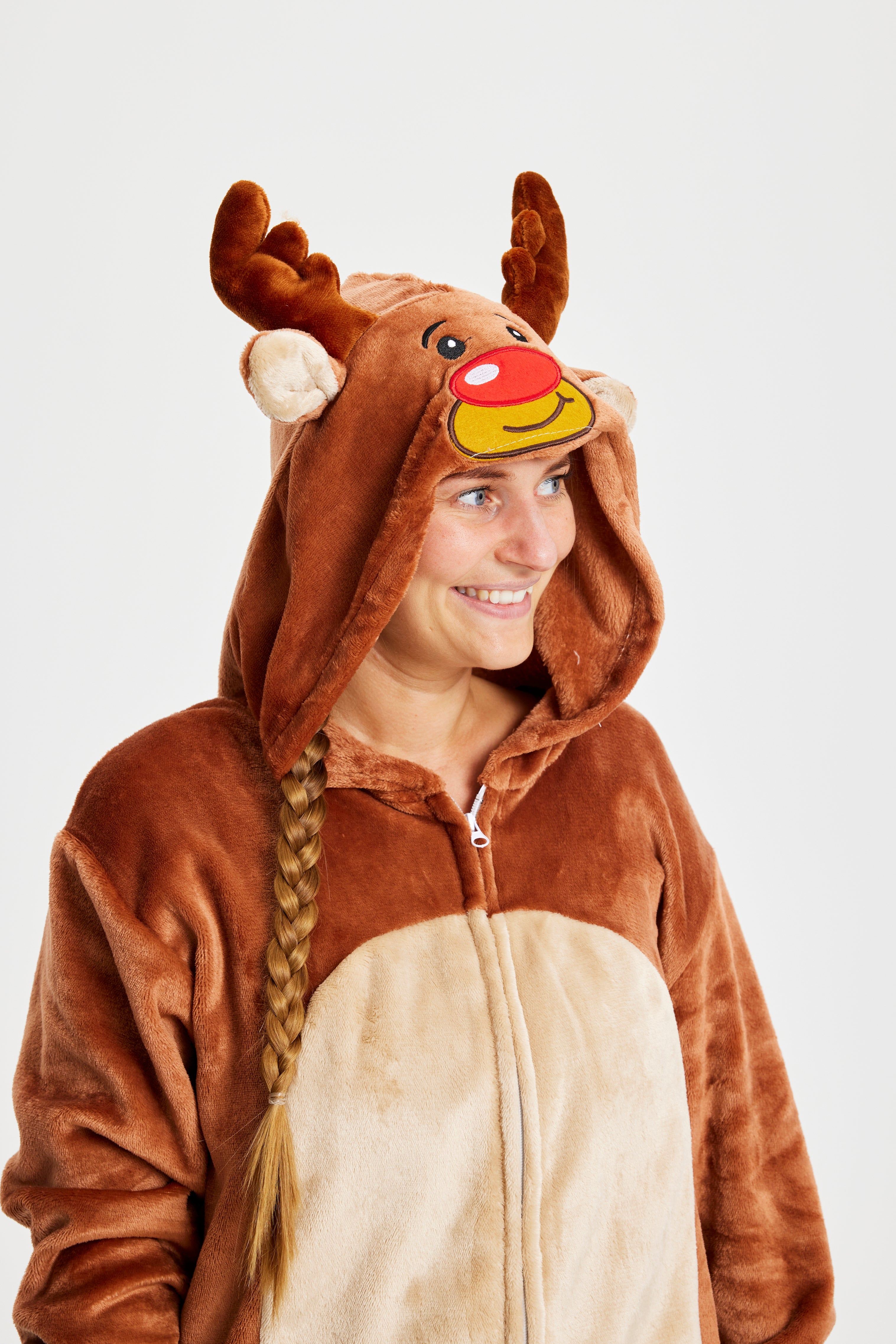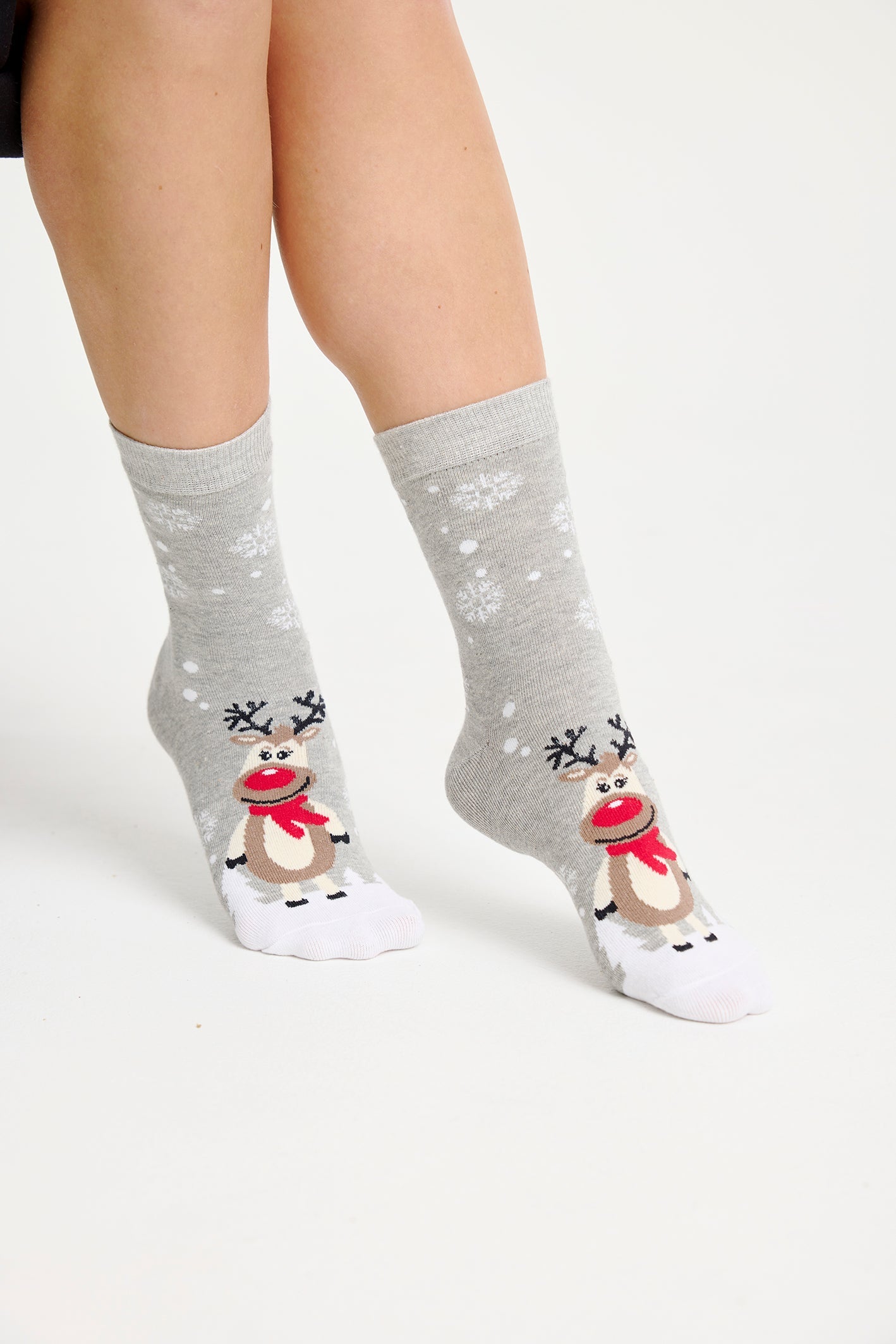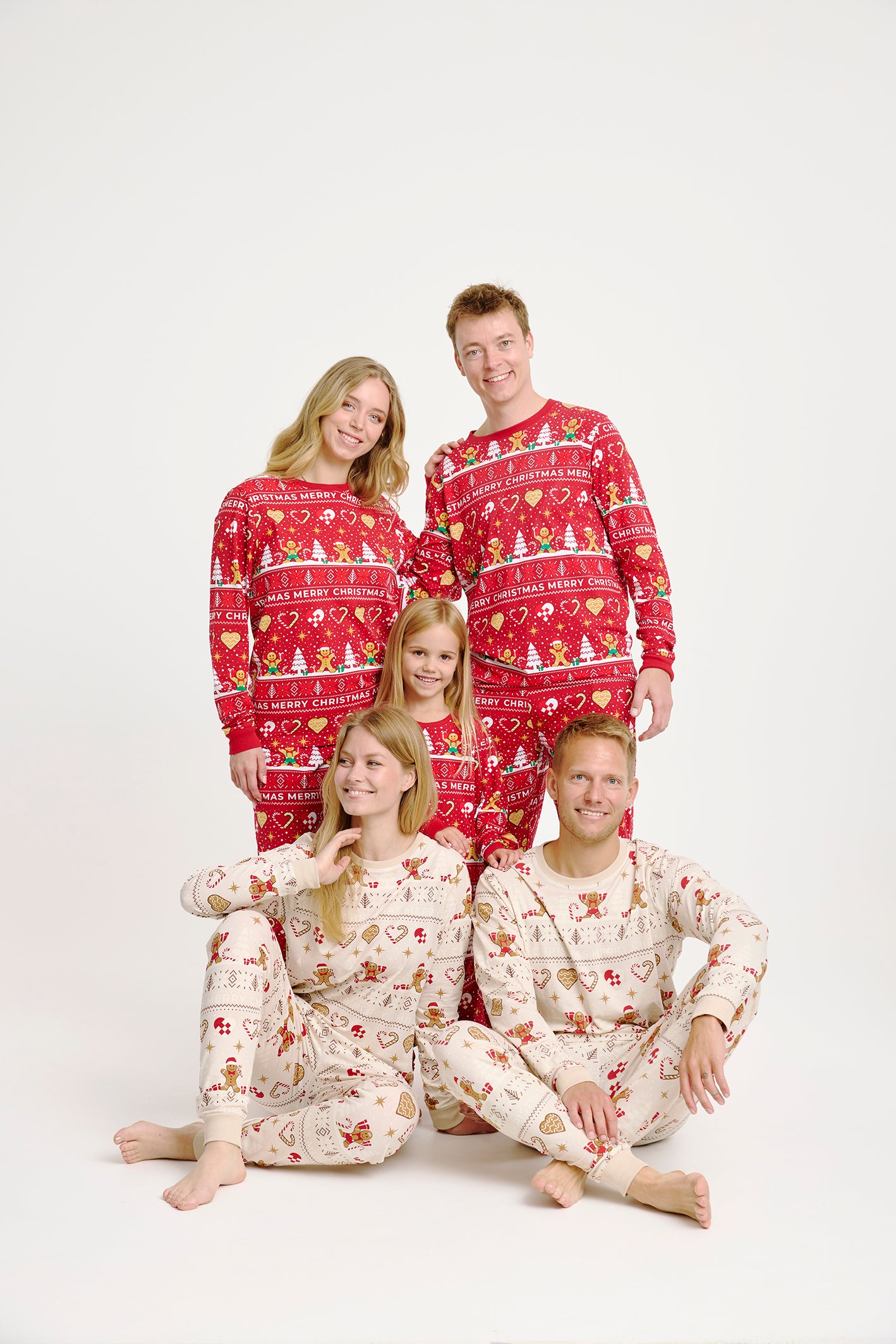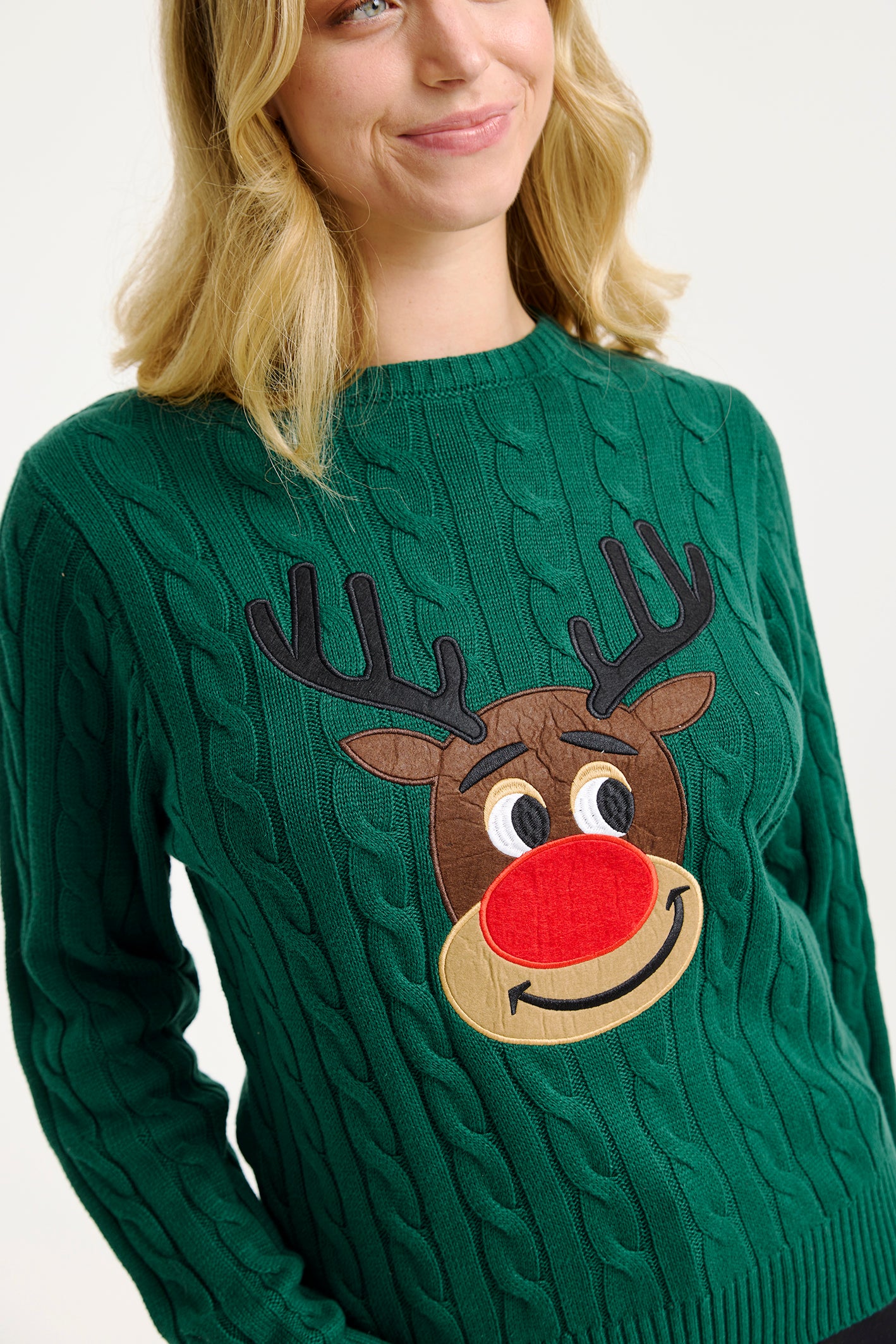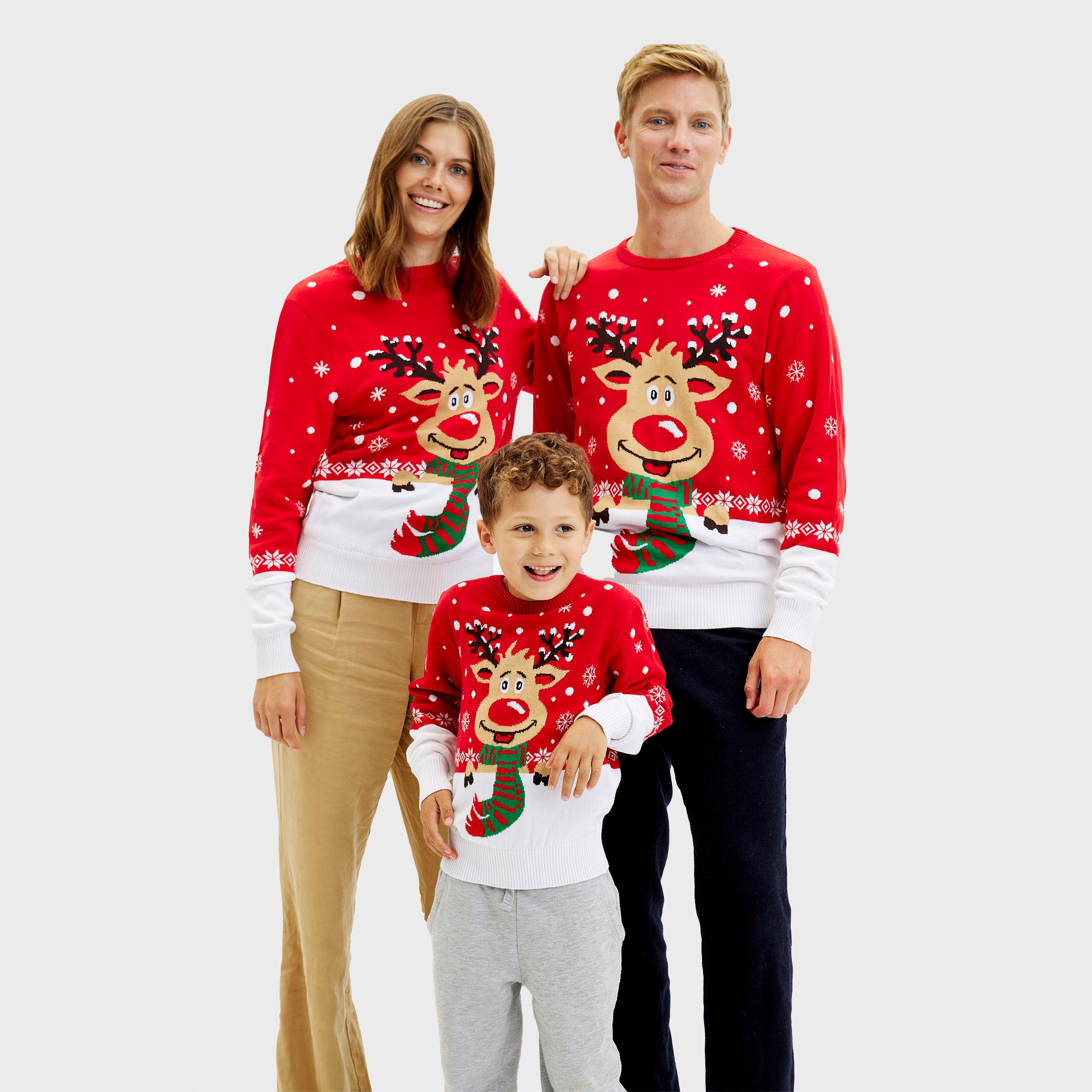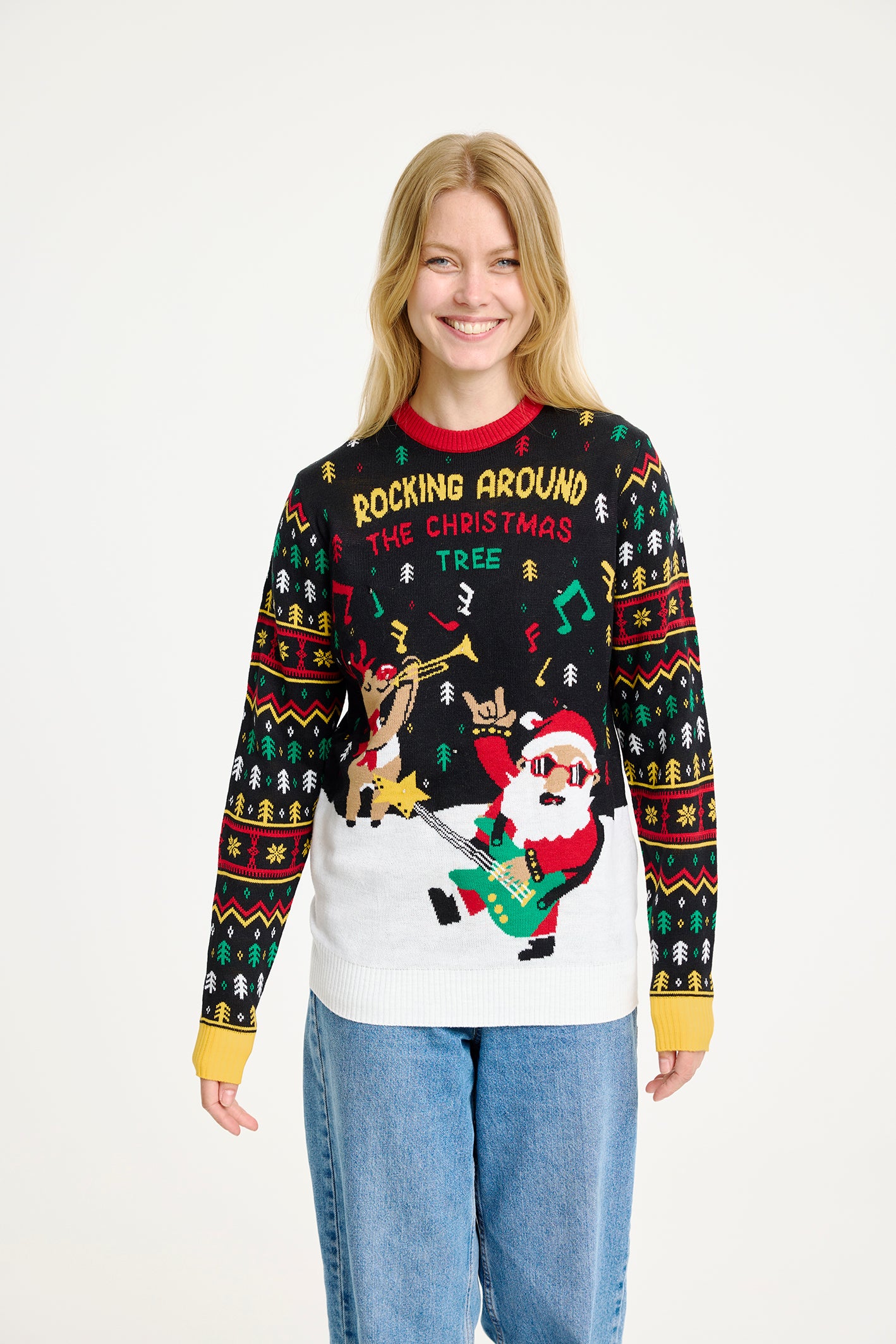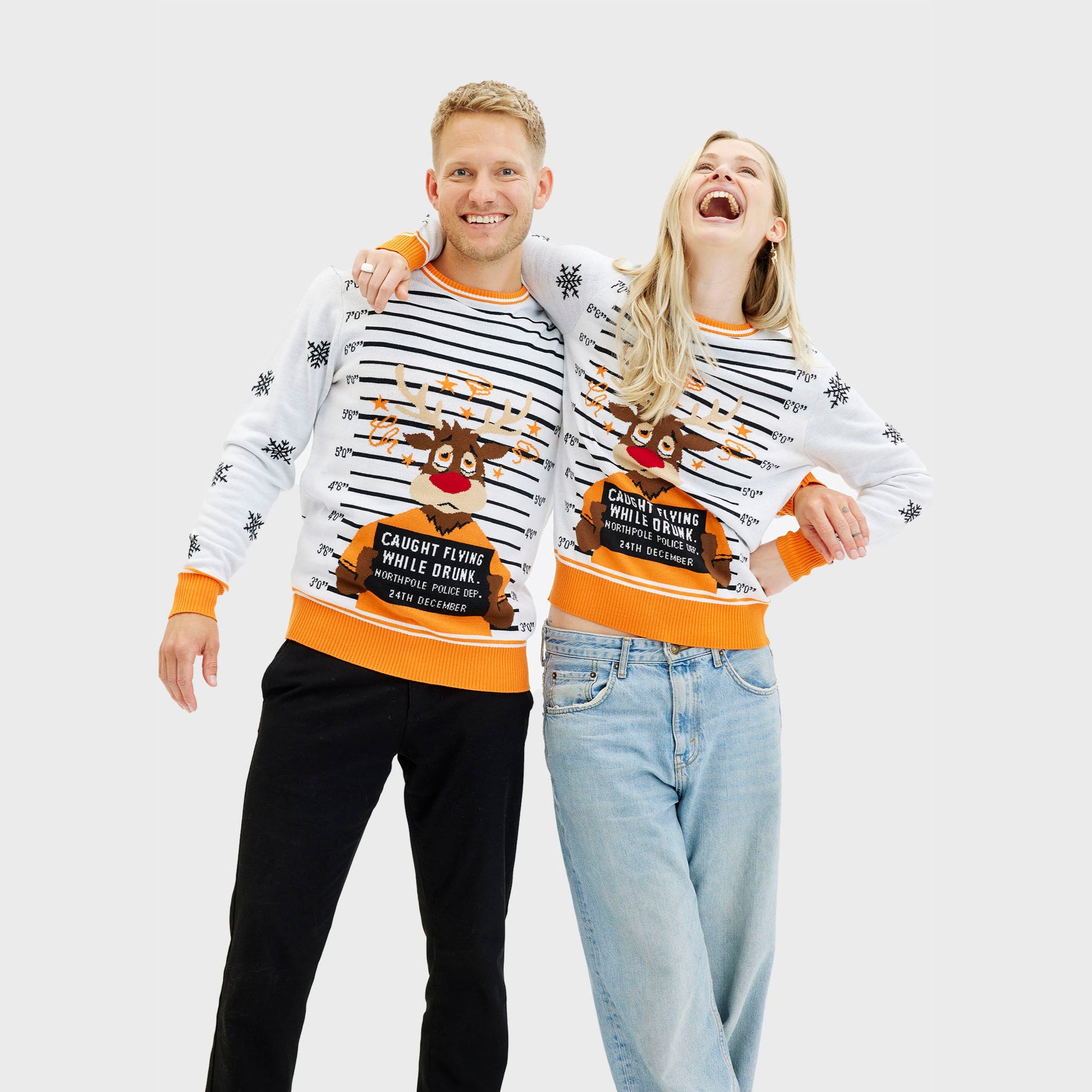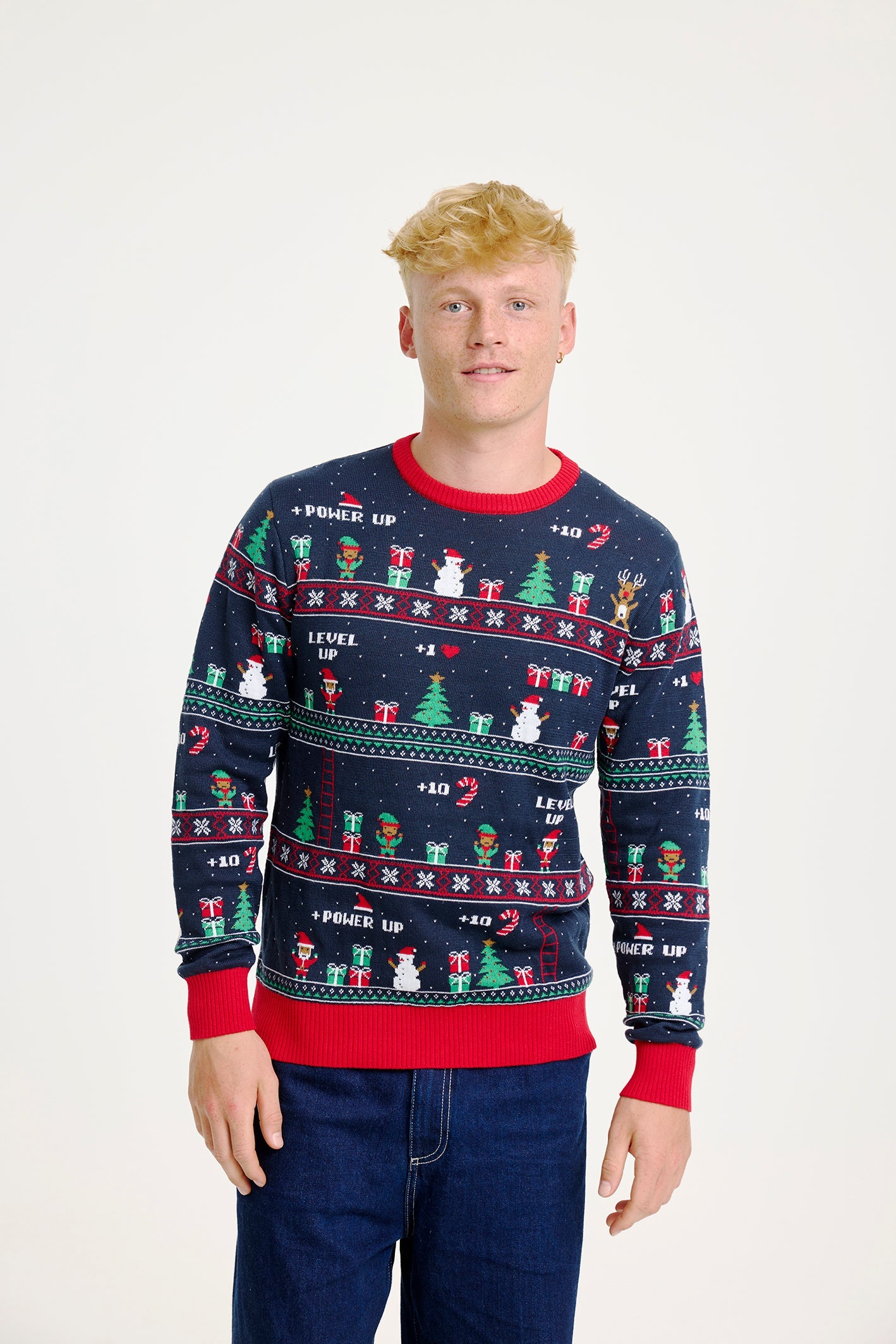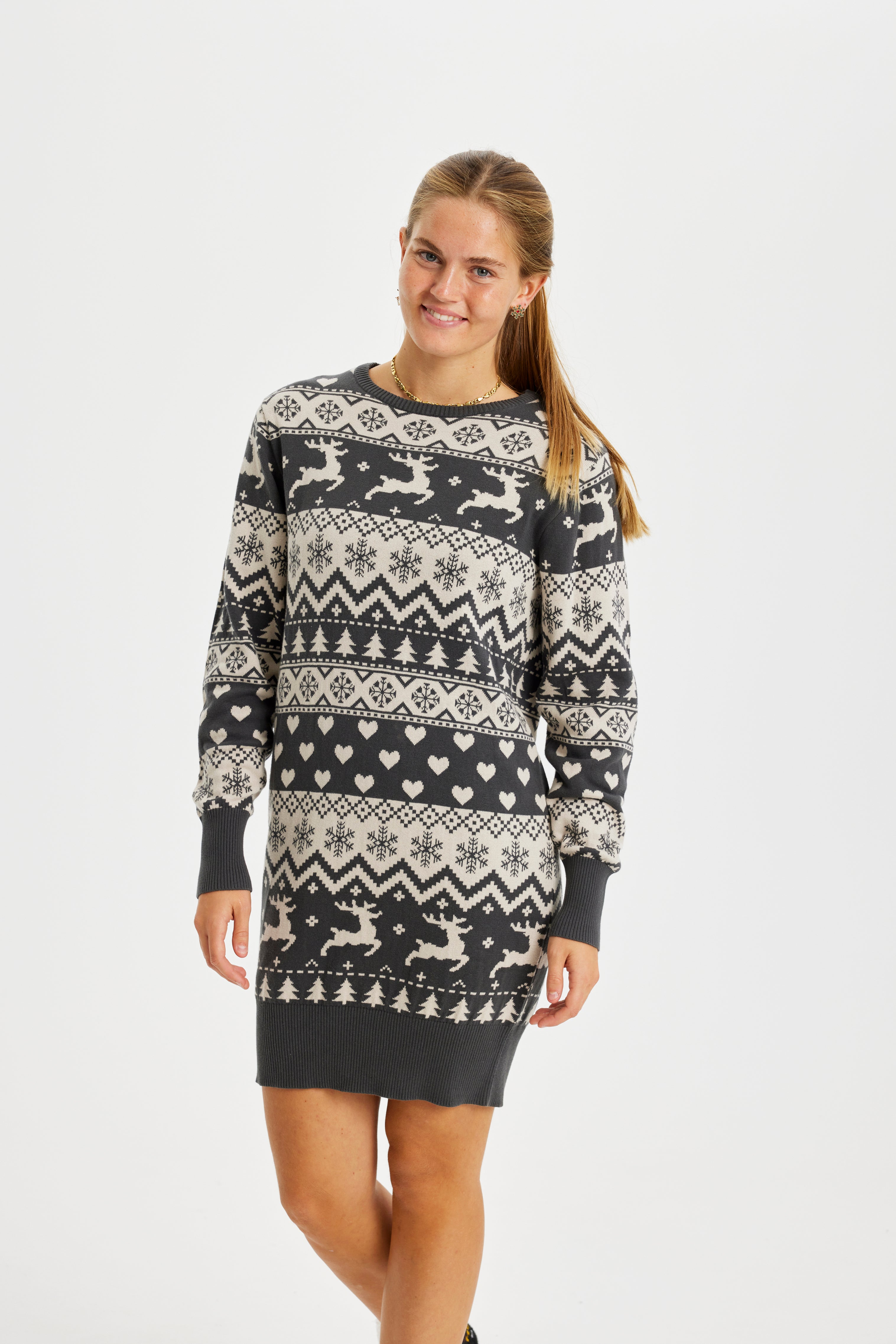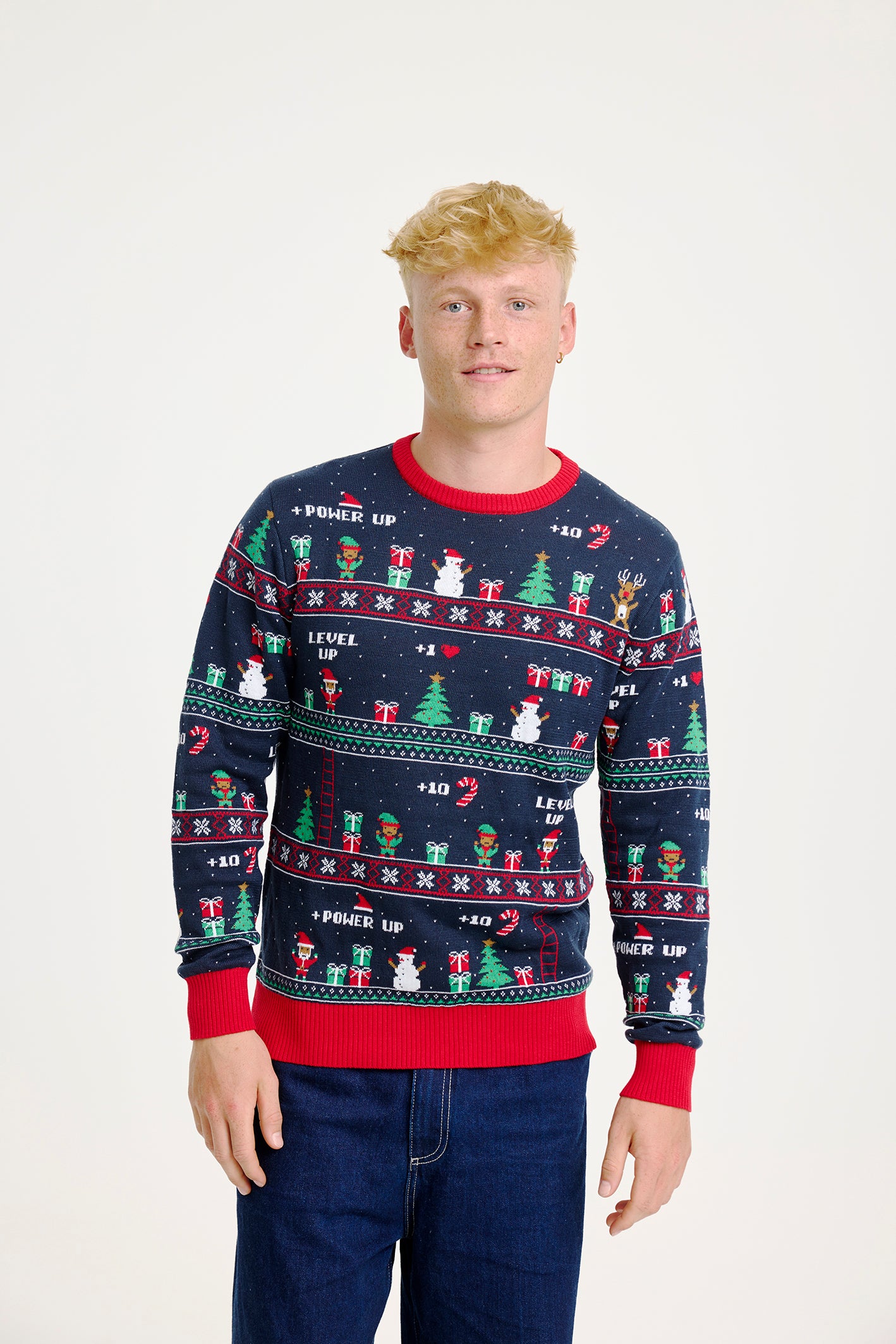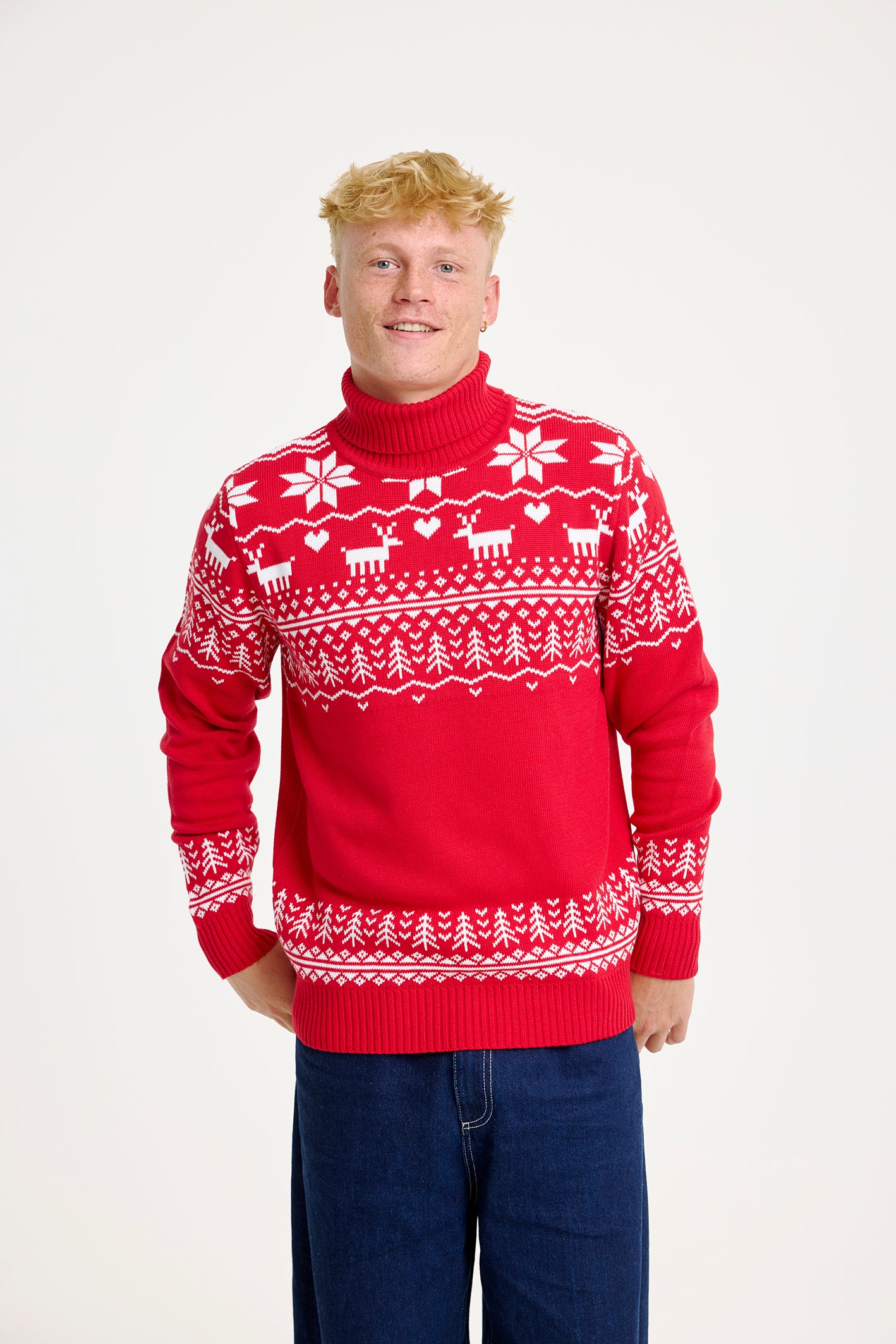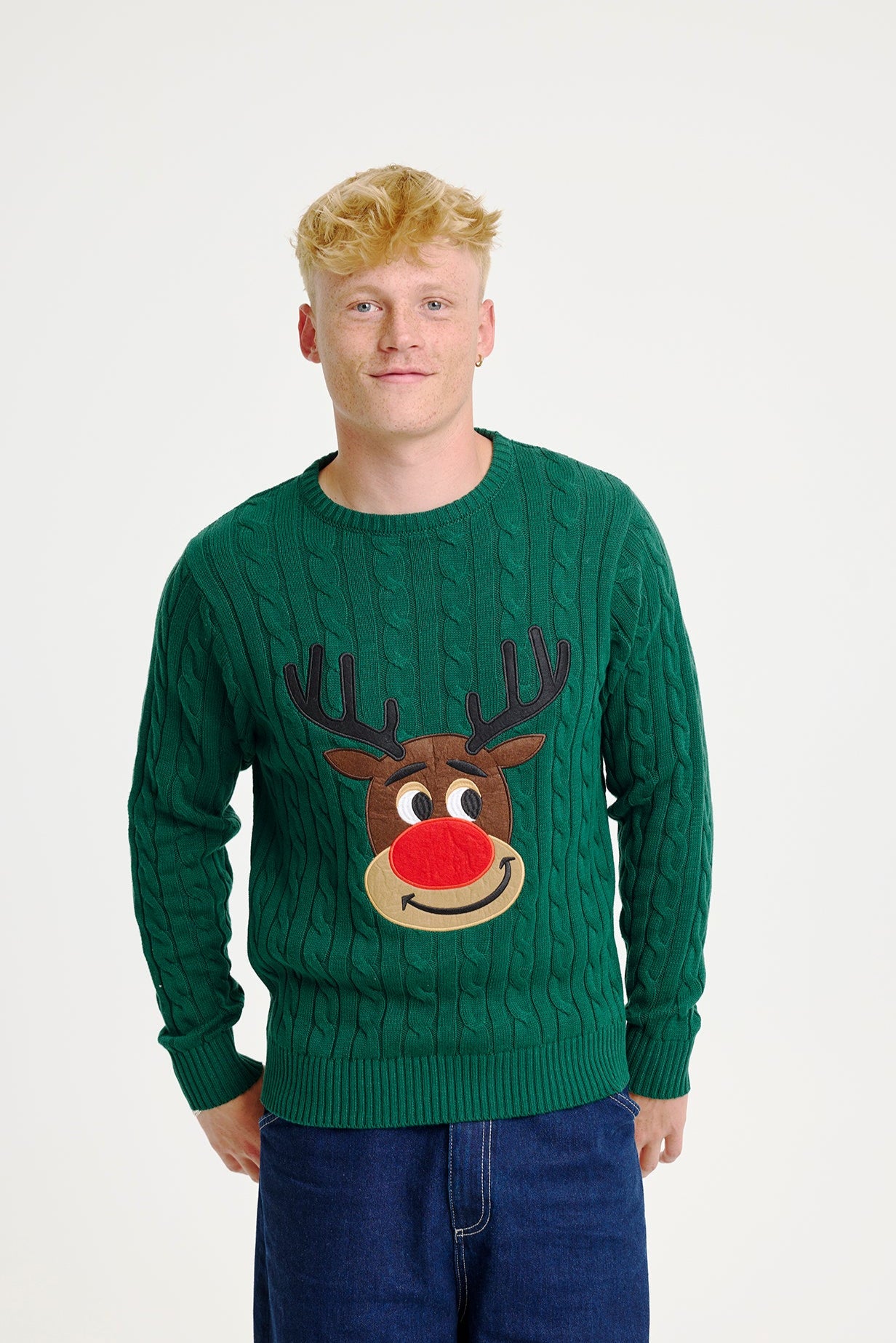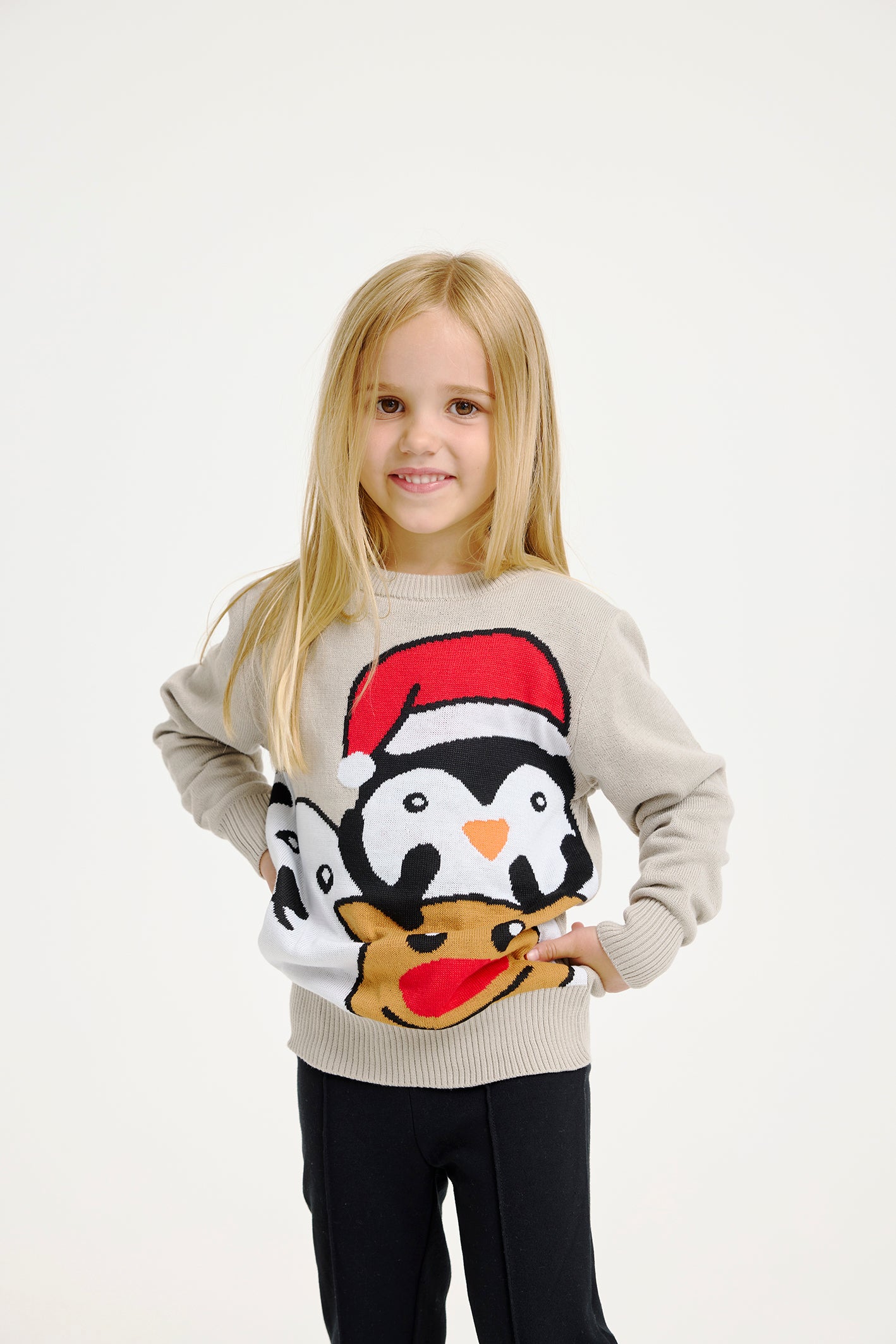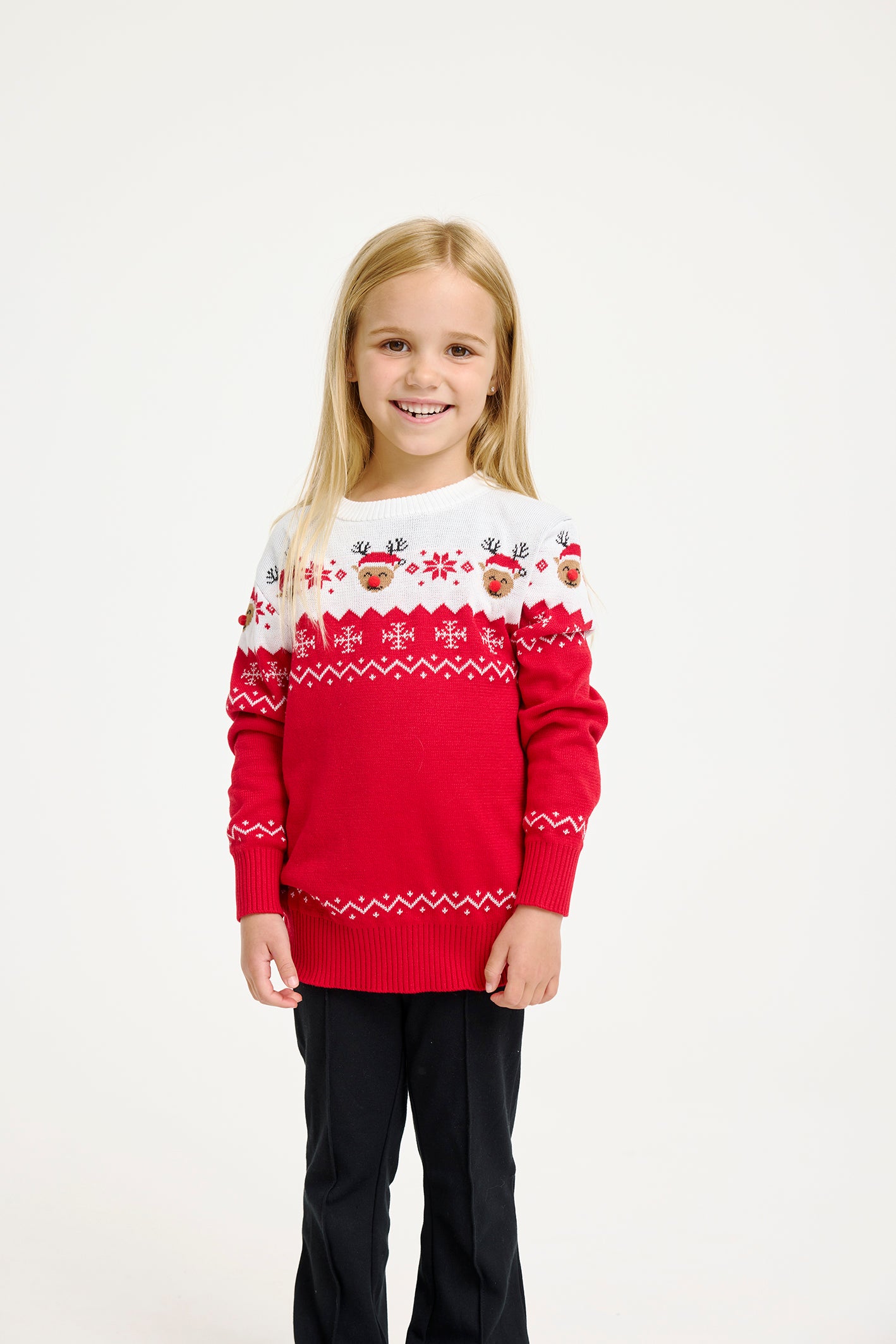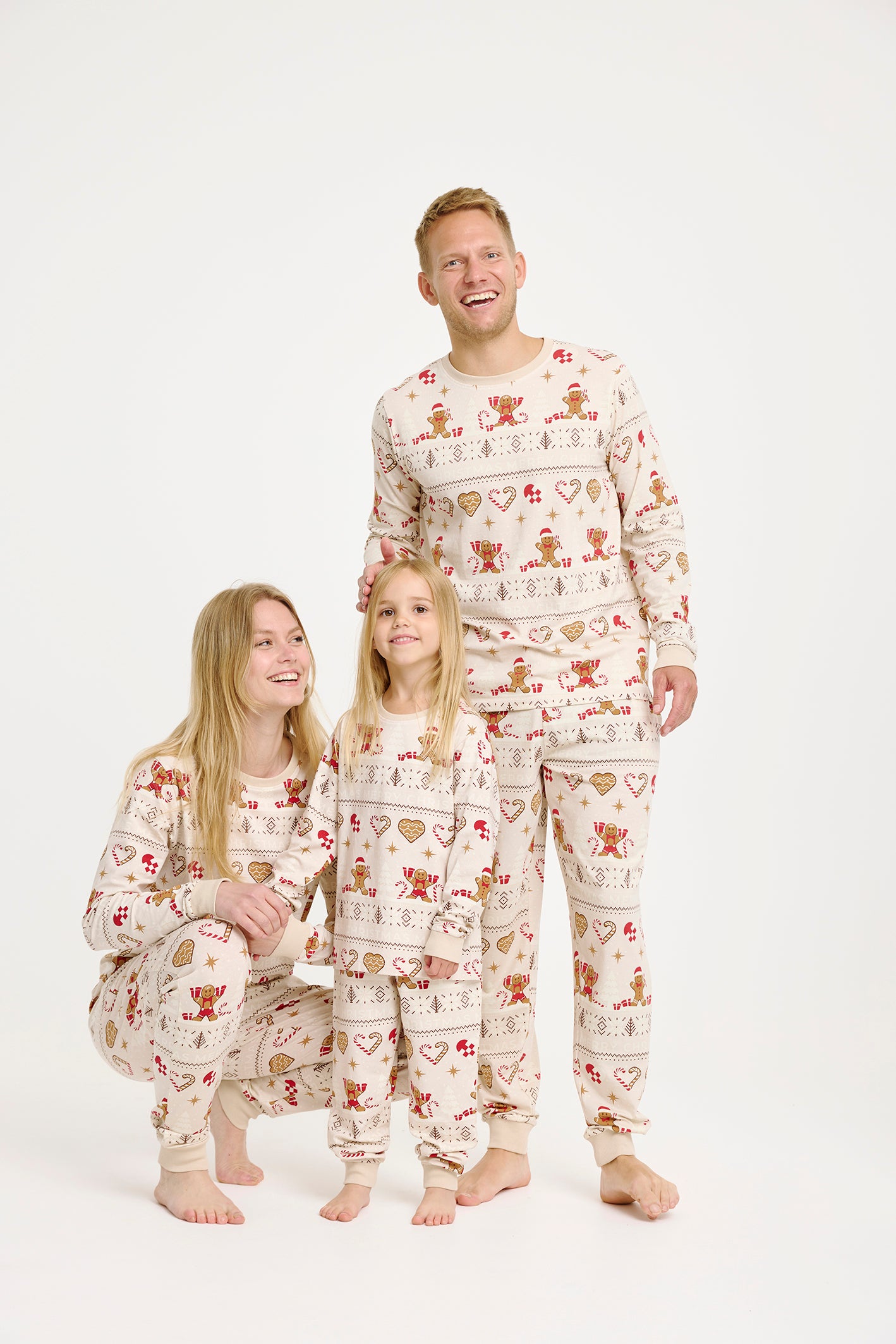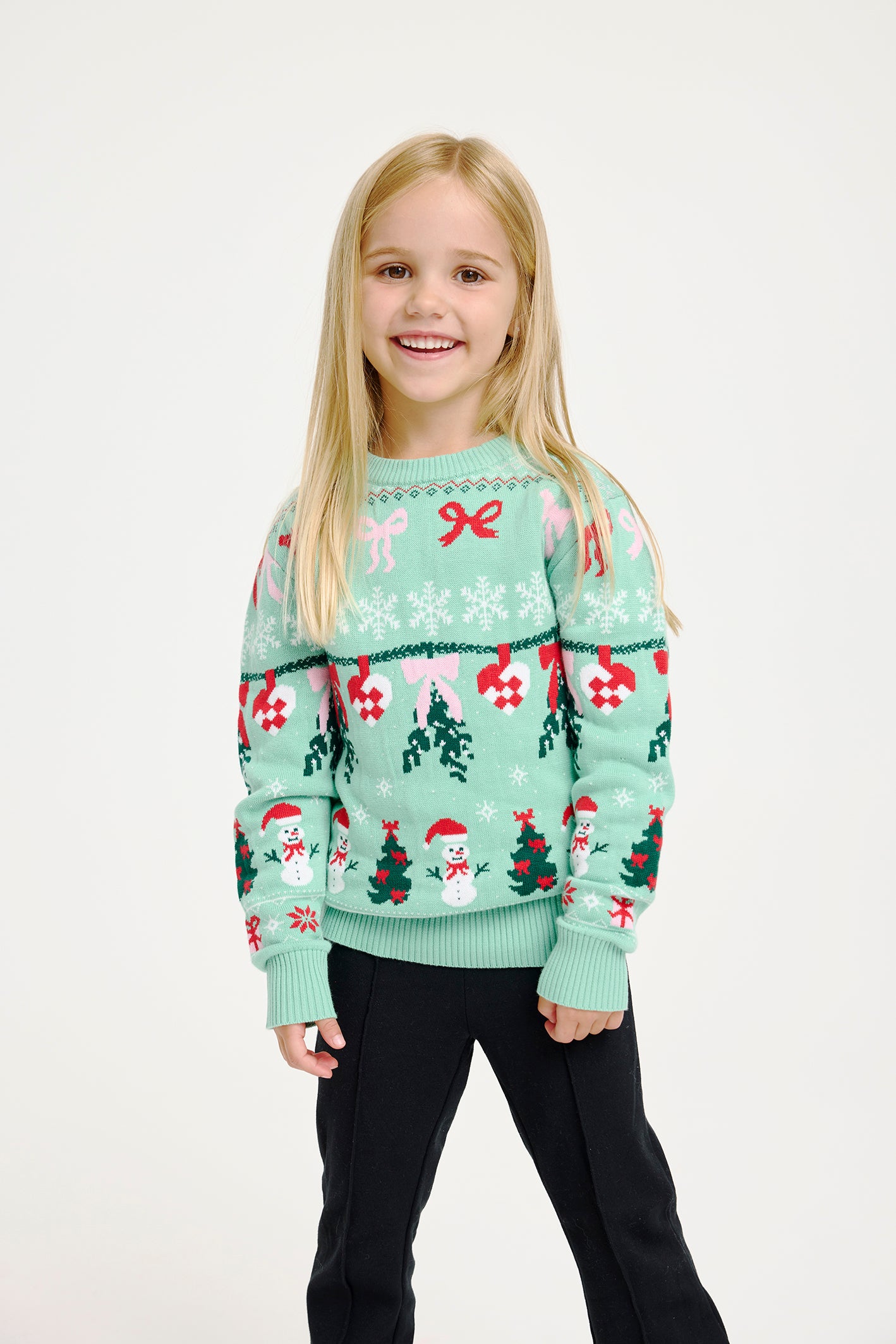13 April 2023
European christmas traditions

In Europe, each country has its own unique traditions and customs when it comes to the holiday season. In this blog post, we'll take a closer look at the differences in how and why we celebrate Christmas in various European countries.
The United Kingdom
In the UK Christmas traditions vary slightly between England, Scotland, Wales, and Northern Ireland. However, some of the most common traditions include decorating the Christmas tree, hanging stockings, and eating Christmas pudding. Christmas crackers, which contain small gifts, jokes, and paper hats, are also a popular part of the holiday season in the UK.
Germany
In Germany, Christmas celebrations are steeped in tradition. One of the most important customs is the Advent wreath, which is made of evergreen branches and adorned with four candles. Each Sunday in Advent, one candle is lit until all four are burning on Christmas Eve. Other German traditions include decorating the Christmas tree with edible ornaments and lighting candles on the tree.
Italy
In Italy, Christmas is a time for family and feasting. One of the most important Italian Christmas traditions is the Feast of the Seven Fishes, which is typically served on Christmas Eve. The meal consists of seven different seafood dishes, and it represents the seven sacraments of the Catholic Church. Other Italian Christmas traditions include attending midnight Mass on Christmas Eve and exchanging gifts on January 6th, which is known as Epiphany.
France:
In France, Christmas is a time for family and feasting as well. One of the most famous French Christmas traditions is the "Réveillon," which is a late-night feast that takes place after midnight Mass on Christmas Eve. The feast typically includes oysters, foie gras, and other delicacies. Another French Christmas tradition is the "Santons," which are hand-painted clay figures that depict the nativity scene.
Sweden:
In Sweden, Christmas celebrations begin with the Advent season. One of the most important Swedish Christmas traditions is the "Julbord," which is a Christmas buffet that typically includes herring, meatballs, and other traditional Swedish dishes. Another Swedish tradition is the "Julbock," which is a straw goat that represents the goats that pulled the chariot of Thor, the Norse god of thunder.
Denmark:
In Denmark, Christmas Eve is the most important day of the Christmas season. The evening starts with a festive dinner with family and friends. After dinner, everyone gathers around the Christmas tree and sings traditional Danish carols while holding hands and walking around the tree. Children also receive presents on Christmas Eve.
Norway:
Norway has a similar Christmas Eve celebration to Denmark, with a big feast and presents exchanged after dinner. A traditional Norwegian Christmas decoration is the Julenisse, a gnome-like figure who delivers presents and keeps an eye on children's behavior.
Hungary:
In Hungary, Christmas Eve is called Szenteste, which means "Holy Evening." Families attend a midnight mass, and then return home to eat a traditional Hungarian fish soup called halászlé. Gifts are exchanged on Christmas Eve, and many Hungarians decorate their Christmas trees with handmade ornaments.
Czech Republic:
In the Czech Republic, Christmas Eve is also known as the "Generous Day." Families gather for a festive dinner, which typically includes carp and potato salad. After dinner, children wait for Ježíšek, the Czech equivalent of the Christ Child, to bring them presents.
Spain:
In Spain, Christmas is celebrated with a number of unique traditions. One of the most popular is the Belén, a nativity scene that is often set up in public places. Families also enjoy a big feast on Christmas Eve, and children receive gifts from the Three Wise Men on January 6th.
Netherlands:
In the Netherlands, Christmas is known as Kerstmis. Families attend church on Christmas Eve, and then enjoy a festive dinner with traditional Dutch dishes like roast beef, potatoes, and apple sauce. Children receive presents on December 5th from Sinterklaas, a figure similar to Santa Claus.
Switzerland:
In Switzerland, Christmas traditions vary by region. In some areas, children dress up in traditional costumes and visit homes to sing Christmas carols. In others, families enjoy a big feast on Christmas Eve and attend church services. Some Swiss towns also have a parade featuring a figure called Samichlaus, who brings small gifts and treats to children.
Austria:
In Austria, Christmas is celebrated with a number of unique traditions. One of the most popular is the Krampus, a figure who accompanies St. Nicholas and punishes children who have misbehaved. Families also enjoy a big feast on Christmas Eve, and children receive presents on Christmas morning.
Latvia:
In Latvia, Christmas is celebrated with a big feast on Christmas Eve, which typically includes pork, peas, and gingerbread cookies. Children also receive gifts from Santa Claus, who is known as Ziemassvētku vecītis.
Finland:
In Finland, Christmas is known as Joulu. Families enjoy a big feast on Christmas Eve, and then visit the sauna to relax. Children receive gifts from Santa Claus, who is known as Joulupukki.
Belgium:
In Belgium, Christmas traditions vary by region. In some areas, families enjoy a big feast on Christmas Eve, while in others, children receive gifts from St. Nicholas on December 6th. Some Belgian towns also have a parade featuring a figure called Père Noël, who brings small gifts and treats to children.
Portugal:
In Portugal, Christmas is celebrated with unique traditions. One of the most popular is the Consoada, a big feast on Christmas Eve that includes a salted cod dish called Bacalhau. Children receive gifts from Father Christmas, who is known as Pai Natal.
Conclusion
As you can seethe way we celebrate Christmas can vary greatly depending on where we are in the world. Each European country has its own unique traditions and customs that make the holiday season special. Whether you're celebrating with a late-night feast in France or lighting candles on the Advent wreath in Germany, Christmas is a time to come together with family and friends and celebrate the joy of the season.
Additional Information
If you're interested in learning more about Christmas traditions in European countries, there are many resources available online. You can also try visiting local cultural centers or attending holiday events to experience these traditions firsthand.
Also view
23 December 2025
Velvet holiday dresses are an instant texture upgrade: the nap and sheen give even simple cuts a festive, refined feel that suits wint...

